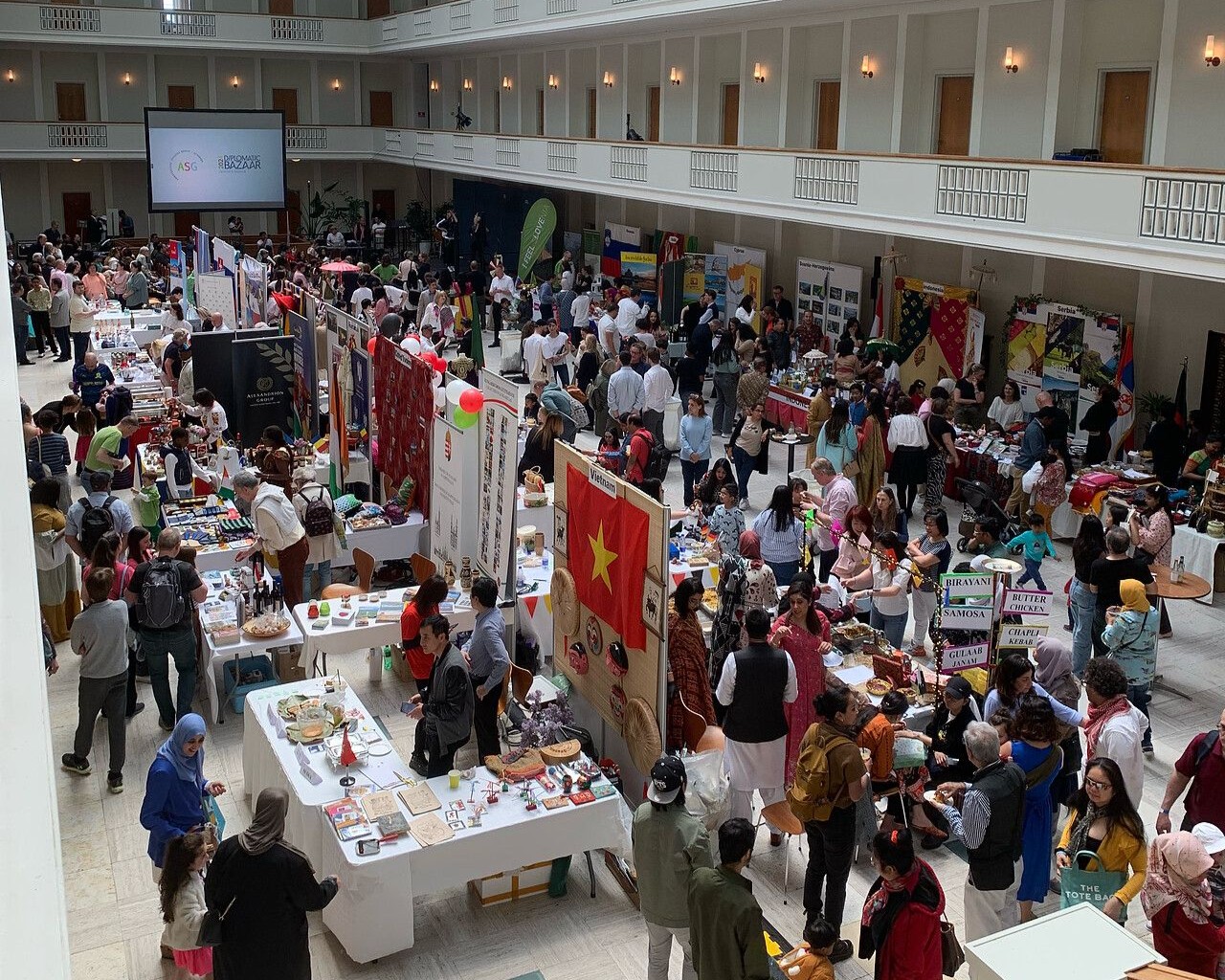The Copenhagen Post sheds light on the fascinating story of Frans Blom, one of the 19th century’s lionised explorers, whose story has long been consigned to the dustbin of history.
Heart of darkness: the monumental achievements and tragic life of Danish explorer Frans Blom are right at home in the annals of this country’s great 19th century explorers. Few people recognise the name, however, much less the man behind the myth. A new biography featured in daily newspaper Berlingske Tidende this week attempts to delve deeper into the persona of the privileged Copenhagen son who cashed in his chips to explore the darkest reaches of Mexico, and ended his days an obscure alcoholic in the jungle.
“Where does this restless blood come from?–the wanderlust is in me still,” 27-year-old Frans Blom wrote to his mother by candlelight from the Mexican jungle in June 1920. Forever under the sway of his inexplicably restless heart, Blom would spend the subsequent decades discovering priceless archaeological treasures, ancient ruins, and become the first explorer to sketch how the Mayan Indians built their temples according to observations of the heavens. The latter discovery contributed immeasurably to modern anthropologists’ understanding of aboriginal cultures in North America.
A silver spoon
Blom was born on 9 August 1893 in Copenhagen, the firstborn son of one of the city’s wealthiest families. Young Blom seemed groomed for prosperity: his father, wholesale kingpin Alfred Blom, had already banked a huge fortune and maintained a yearly salary more than fifty times the amount of the average worker of the era. But something in Blom’s psyche yearned for more. He was an unimpressive student who languished in his studies, preferring the café and leisure life of the Kongens Nytorv quarter, and floundering in the study of art and philosophy. Blom Senior ultimately passed Frans by, entrusting the family business to a son-in-law when it became obvious to everyone that the fledgling explorer was unfit for a life of commerce.
In February 1919, 25-year-old Blom boarded the DFDS steamer “United States,” with a one-way ticket for America. It remains unclear what finally spurred the desultory young man to put his bleary life in the palm garden of the Hotel d’Angleterre behind him once and for all, but a subsequent 1923 feature article in daily tabloid B.T. suggested that the famous explorer had left a bevy of forlorn lovers and angry creditors in his wake. Blom himself told B.T. in 1923, “I was nothing then, and I told myself that I couldn’t go on unless I broke away.”
After setting sail for the US in 1919, Blom’s next contact to his mother, Dora, came eighteen months later, when he wrote of his incurable wanderlust from the Mexican jungle. Shortly after his arrival in America, Blom pounced on the opportunity to travel to Mexico as an explorer for an oil company in the unmapped reaches of the Mayan jungle. The month-long journeys alone into the unspoiled regions of the country suited Blom perfectly–but he wasn’t seduced by oil. Frans Blom discovered 1,000 years of Mayan civilisation in the form of a rich language and culture, art figurines, temple ruins, and anthropological clues. He began to sketch temple formations and their adornments as he encountered them, and by 1923 the remarkable precision of his drawings had gotten the attention of researchers at Harvard University.
Waxing Waxaktun
During a subsequent study tour to Central America in 1924, Blom made his most impressive contribution to the study of Mayan archaeology, discovering the Guatemalan ruin of Waxaktun, the first Mayan temple ever built according to observations of the heavens. Blom’s discovery would form the principal foundation of the study of ancient Mayan architecture.
Blom’s star continued to rise in the 1920’s, despite his want of understanding for finances and academic bureaucracy. His marriage to millionaire heiress Mary Thomas in 1932 marked the apex before the explorer’s freefall into obscurity. Just six years later, the two divorced, as another personal daemon, alcoholism, began to eat its way through Blom’s soul. The American Great Depression meant less available money for adventures in the wild, and Blom was suspended as expedition leader following dissatisfaction from university head-honchos. Blom spent a sordid stint in a former New Orleans slave apartment, dishevelled, dirty, and usually drunk. The lure of the jungle emerged again, and Blom left his hovel abruptly in 1943 with only a note: “Gone to Mexico.” He had left for good.
Shortly thereafter, Blom met his second wife, Trudi Duby, a Swiss-born Communist refugee from Hitler’s Europe during an expedition. In 1950, the couple bought a little house in the provincial Catholic town of San Cristóbal, which they named “Na Bolom,” “House of the Jaguar,” after Blom’s Mayan nickname. According to Berlingske Tidende, the Blom house is still used as a hotel and memorial to Blom’s lifework. Despite the pair’s wedded bliss, Blom never escaped the twin ills of money problems and alcohol: Trudi often left the belligerent Blom for months at a time during his binges. Frans Blom finally succumbed to alcohol on 23 June 1963, aged 70. He was buried on a hilltop with a view of San Cristóbal. The inscription on his headstone reads simply “Frans Blom, Mexican archaeologist.”
To dwelve deeper into the biography of Frans Blom, “Restless Blood,” by historians Tore Leifer, Jesper Nielsen, and Toke Sellner Reunert, offers a fine opportunity.
















